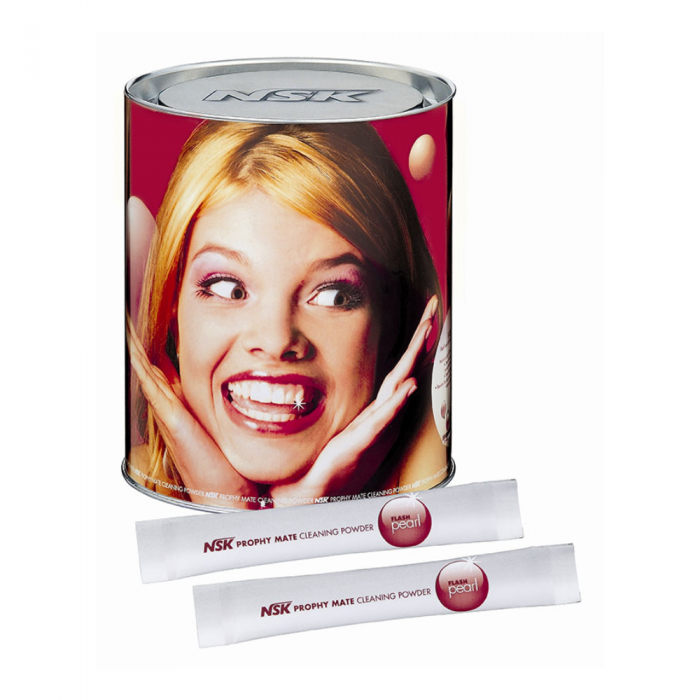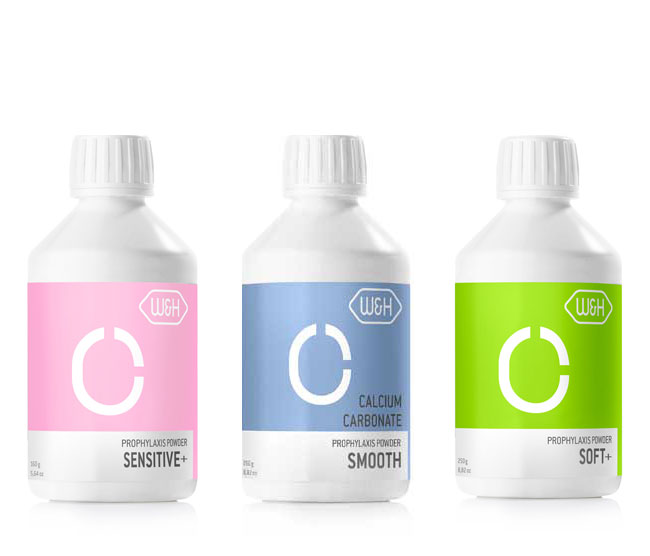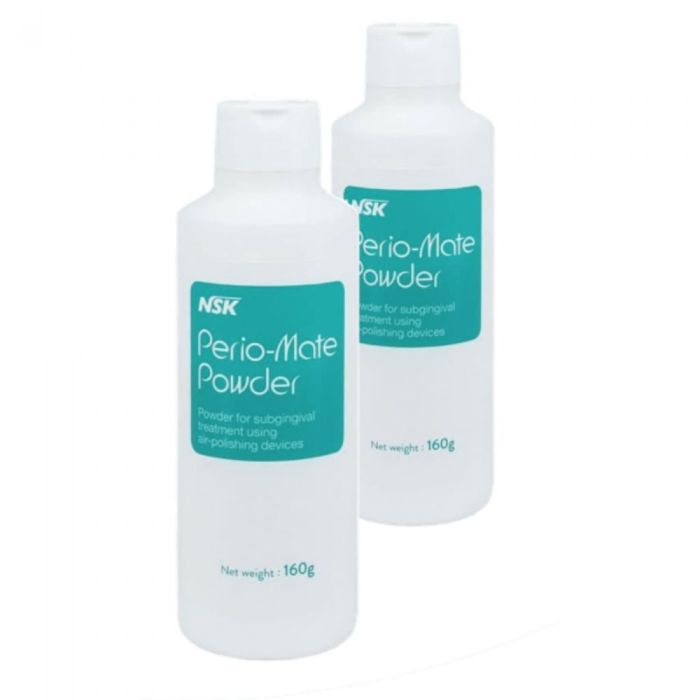
Choosing the Perfect Prophy Powder: A Guide to Meeting Patient Needs
Tooth polishing is essential for maintaining oral health, enhancing aesthetics, and leaving patients with a clean, smooth smile.
However, the right choice of prophy powder plays a significant role in achieving these outcomes while ensuring patient comfort and minimising wear on tooth structures.
With a variety of powders on the market today, it’s important to understand the differences among them to select the best option for your practice.
Here’s a closer look at the benefits of prophy powder, as well as tips for choosing the best one for your needs.
Why Prophy Powder?
Compared to traditional prophy paste, prophy powder and air polishing systems are known for their efficiency and gentle approach. They provide the following advantages:
Reduced Procedure Time: Studies show air polishing takes up to one-third less time compared to traditional hand instrumentation.
Improved Comfort: Air polishing often requires less pressure, reducing fatigue for clinicians and making the experience gentler for patients.
Effective Stain Removal: High-quality prophy powders, like NSK Prophy-Mate Prophylaxis Powder, efficiently remove stubborn stains from substances like coffee and wine.
Factors to Consider When Choosing a Prophy Powder
Not all prophy powders are created equally. The best option for your practice may vary based on patient needs and specific applications. Here are the most important factors to consider:
1. Particle Size and Geometry:
Particle size and geometry are key in determining the abrasiveness and suitability of prophy powders for different areas of the mouth. Powders with optimised particle size, such as W&H Prophylaxis Powder for sensitive teeth, reduce the risk of damaging tooth enamel and root surfaces while maintaining effectiveness in plaque and stain removal.
2. Indications for Use:
Consider whether you need a powder that’s safe for subgingival use or exclusively for supragingival application. Standard sodium bicarbonate powders, like traditional prophy powders, are generally only recommended for supragingival use. For subgingival applications, a softer glycine-based powder may be more appropriate due to its gentler profile.
3. Flavors and Patient Comfort:
Traditional sodium bicarbonate powders often have an unpleasantly salty taste. Newer formulations, however, include natural flavours and non-cariogenic sweeteners, enhancing patient comfort without compromising cleaning effectiveness.
4. Compatibility with Equipment
It’s also important to ensure compatibility with the air polishing unit in your practice. For example, NSK FLASH Pearl Powder is designed to be used with the NSK Prophy-Mate neo Air Polisher, and most standard prophy jets, giving them versatility across different equipment types.



Recommended Prophy Powders for Different Scenarios
- Standard Supragingival Cleaning: For most supragingival cleaning, choosing something versatile is important. Look for optimised particle size and a natural flavour, which can still effectively remove surface stains while remaining gentle on the enamel.
- Heavy Stain Removal: Patients with significant staining from beverages or tobacco may benefit from a slightly more abrasive powder designed for supragingival use. Powders such as those in the NSK, W&H lines are designed to target tough stains with a balance of power and gentleness.
- Subgingival Cleaning: For cases requiring subgingival cleaning or polishing around exposed roots, opt for a prophy powder designed with a gentler abrasive action, like glycine-based powders or specialised options. These powders minimise irritation to gingival tissues and root surfaces while still providing effective plaque control.
Making the Right Choice
Selecting the right prophy powder involves more than simply choosing between powder or paste . It requires an understanding of abrasiveness, intended application, patient comfort, and compatibility with your equipment.
By carefully evaluating these factors and aligning them with patient needs, you can enhance the efficiency of your practice and provide better care for your patients
